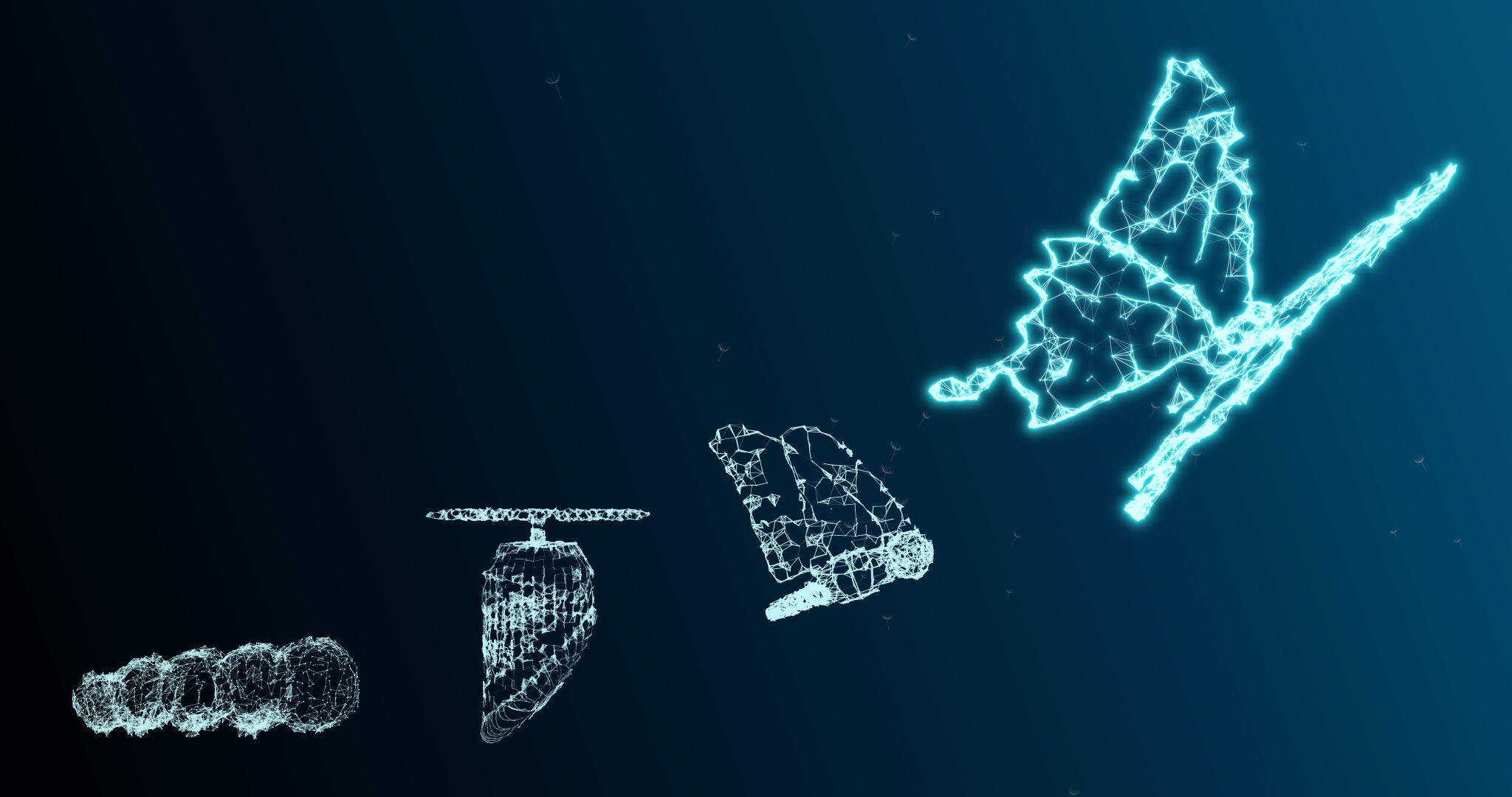Web3 vs. Traditional Internet: Key Differences Explained
Understanding the Evolution of the Internet
The internet has profoundly transformed since its inception, evolving from a simple network of interconnected computers into a vast, complex web of information and services. This evolution can be broadly categorized into two distinct phases: the Traditional Internet (Web 1.0 and Web 2.0) and the emerging Web3. As we stand on the brink of this new era, it's essential to understand the key differences that set Web3 apart from its predecessors.

The Traditional Internet: Web 1.0 and Web 2.0
Web 1.0, often referred to as the "read-only" web, marked the beginning of the internet era. It was characterized by static websites and one-way communication, where users could only consume content. As technology advanced, Web 2.0 emerged, bringing dynamic content and interactivity. This phase is known for social media platforms, user-generated content, and the rise of centralized platforms that dominated the digital landscape.
While Web 2.0 has revolutionized how we connect and share information, it has also raised concerns about data privacy and centralized control. Companies like Facebook, Google, and Amazon have amassed significant power by controlling vast amounts of data, leading to growing demands for a more decentralized and user-centric internet experience.

Introducing Web3: The Decentralized Internet
Web3 represents the next phase in internet evolution, promising to address many of the shortcomings of the Traditional Internet. At its core, Web3 is about decentralization, powered by blockchain technology and peer-to-peer networks. This shift aims to redistribute control from centralized entities back to individual users, empowering them with greater ownership over their data and digital identities.
One of the most significant differences with Web3 is its reliance on blockchain technology. Blockchains enable secure, transparent transactions without intermediaries, fostering trust among users. This contrasts sharply with the centralized databases of Web 2.0, where users must rely on tech giants to manage and secure their data.

Key Features of Web3
Web3 distinguishes itself through several key features that promise to revolutionize internet usage:
- Decentralization: By eliminating intermediaries, Web3 aims to create a more equitable digital ecosystem.
- Enhanced Privacy: Users have greater control over their data, deciding what to share and with whom.
- Interoperability: Blockchain enables seamless interactions across different platforms and applications.
These features collectively aim to create a more transparent and user-focused internet, addressing concerns that have plagued the Traditional Internet era.

The Role of Cryptocurrencies and Smart Contracts
An integral part of Web3 is the use of cryptocurrencies and smart contracts. Cryptocurrencies provide a decentralized means of exchange, eliminating the need for traditional banking intermediaries. Smart contracts, self-executing agreements coded on the blockchain, automate processes without the need for third-party oversight.
This innovation opens up new possibilities for various industries, from finance to real estate, by streamlining operations and reducing costs associated with traditional contracts.
The Challenges Ahead
Despite its potential, Web3 faces several challenges that could hinder its widespread adoption. Scalability remains a significant issue; current blockchain networks struggle to handle large volumes of transactions efficiently. Additionally, regulatory concerns and the need for user-friendly interfaces are barriers that must be overcome to make Web3 accessible to a broader audience.

Another hurdle is educating users about the benefits and functionalities of Web3. As this new paradigm requires a shift in mindset from centralized to decentralized systems, widespread understanding is crucial for its success.
The Future of the Internet
As we move toward a more decentralized web, it's crucial to recognize that both Web3 and the Traditional Internet have roles to play. Web3 offers promising solutions to many current internet challenges, but it must coexist with established systems during its transition phase.
The journey to Web3 is just beginning, and its success will depend on collaboration between technologists, businesses, and users to build an internet that aligns with values of transparency, ownership, and innovation.